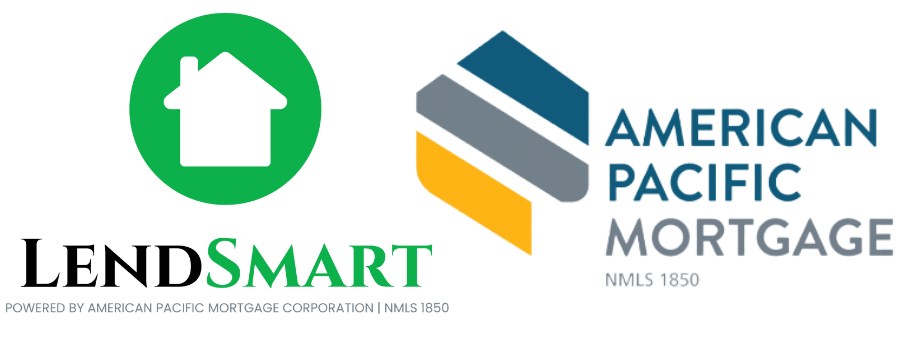Whether you want to lower your monthly mortgage payments or pay off your mortgage loan early, there are several strategies that can help you with it. Most homeowners are aware of mortgage refinancing. A mortgage refinance lets homeowners rebook their loan to take advantage of lower interest rates and better mortgage terms. However, not all borrowers can get qualified for a mortgage refinance.
There is a less-known option called “Re-Amortizing” that can help some homeowners achieve similar targets.
Mortgage Refinance vs. Re-Amortizing
Refinance:
When you apply for a new loan and use it to replace an existing mortgage loan, it is called mortgage refinance. You pay off your existing loan with the new loan that comes with lower interest rates and better mortgage terms. You pay-off this new loan with monthly mortgage payments just like you did with your primary loan.
Re-Amortizing:
Re-amortizing which is commonly known as “Mortgage Recasting” happens when you make changes to your existing loan after pre-paying a significant amount of your loan balance. For example, you may have paid a lump-sum payment, or added extra cash to your monthly mortgage payments over the years, which has put you well-ahead of the schedule on your debt repayment.
Your lender then, recalculates your monthly payments based on your lower-than-projected loan balance, resulting in lower monthly payments. The interest rate on the mortgage loan may or may not drop for the remaining amount of loan depending on the mortgage condition and lender.
Pros and Cons of Recasting (Re-amortizing)
The primary advantage of re-casting is its simplicity compared to a refinance. Typically, lenders have programs that make recasting easier than applying for a new loan. They usually charge a fee for this service, which is affordable for most homeowners.
Approval
Getting a mortgage reamortization is quite simpler and easier than getting approved for refinancing. You already have a loan and you are just asking to recalculate your monthly payments based on your significantly improved loan balance. Moreover, you can get approved for a re-amortization even when refinancing is not an option for you.
- Lenders typically require you to prepay a certain minimum amount before you qualify for recasting
- You might not need to provide proof of income and other financial documents
- Government-backed loan options like FHA and VA do not offer recasting option
Interest Rate and Monthly Payments
Typically, the interest rate does not drop when you go for recasting your loan. The monthly mortgage payments, however, do get reduced depending on a number of factors like your loan balance, number of payments remaining, and the interest rate.
Pros and Cons of Refinancing
A mortgage refinance usually comes with both lower interest rates and lower monthly payments. This is because you reset the clock on your loan.
Higher Costs
Getting a new loan comes with more costs than just recasting your loan. Some of the major costs of refinancing include
- Closing costs including appraisal fee, loan origination fee and more
- If you opt. for a loan with a longer mortgage term, you will eventually be paying more interest over the life of the loan.
New Features
The main reasons for getting a refinance are to get a lower interest rate, lower mortgage payments, and more favorable mortgage payments. With a refinance, you can choose a mortgage term that aligns with your financial goals.
Contact us at (605) 718-9820 or schedule a call and let our mortgage experts help you with your home loan.
© 2020 Affiliated Mortgage, LLC. NMLS #14211: AZ NMLS#0947858. All Rights Reserved. Affiliated Mortgage, LLC is a Division of Lend Smart Mortgage NMLS #4474
Developed and designed by https://blairallenagency.com





